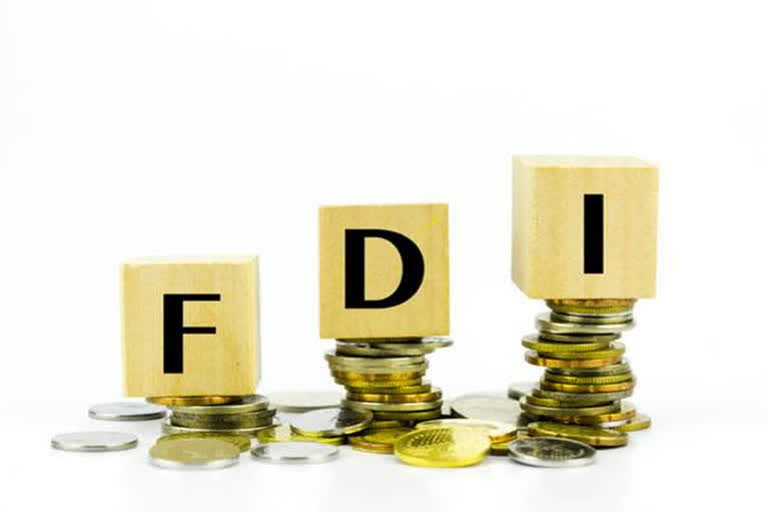New Delhi: The year 2020 has been unlike any other period in recent human history as the outbreak of the Covid-19 global pandemic devastated countries and economies and killed over 1.7 million people worldwide. The pandemic affected every sector of economy and India's global trade is no exception as it suffered severe decline in the current fiscal. Exports declined by over 14 percent while imports also declined by 30 percent, during the April-November period. Despite the gloomy picture, there are bright spots as well. India's FDI inflow registered an increase during the first six months of this fiscal on a year-on-year basis.
Major developments in the trade and commerce in 2020
As expected, Covid induced lockdowns and transport disruptions not only decimated the domestic economy, which declined by 24 percent and 7.5 percent respectively, India's export and imports were severely impacted during this period.
While India's merchandise exports during April-November declined by 17.76 percent to $173.66 billion, services exports declined by 8.52 percent to $130.60 billion. In terms of overall export, the decline was 14.03 percent, as total export during this period has been pegged at $304.25 billion.
Similarly, in case of imports, merchandise exports declined by 33.55 percent to 215.69 billion, and imports of services declined by over 17 percent to $75 billion, leading to an overall decline of 30 percent in the country's imports to bring it down to $290.66 billion.
Since imports were affected more as Prime Minister Narendra Modi's government launched an ambitious programme Atma Nirbhar Bharat (a self-reliant India) for import substitution, a sharper decline in imports led to a trade surplus situation during this period, which shows the country exported more and imported less during this period.
The biggest decline was registered in import of crude and gas as three-month complete lockdown hit the demand for petroleum products. Import of Petroleum declined by over 43%, followed by transport equipment (19.62 percent), coal and coke (12 percent), and precious and semi-precious stones (7 percent).
No major trade deal this year
Bilateral and multilateral trade agreements are an important component of a country's trade policies. However, this year, India did not enter into any major free trade agreement.
Despite a lot of expectations, India and the USA could not clinch even a limited trade deal during President Donald Trump's maiden India visit in February this year and the hopes that it could be signed by the end of the year also did not materialise. Similarly, India did not reconsider its decision to walk away from the China-backed Regional Comprehensive Economic Partnership (RCEP) due to the fears of an adverse impact on Indian farmers and other sectors.
FDI inflows shine amid pandemic
Foreign direct investment (FDI) inflows also reflect the performance of the sector. In July-September this year, according to the latest data from the ministry of commerce and industries, the FDI inflows during April-September registered an increase of 11 percent on a year-on-year basis.
The country received FDI investment of $39.9 billion during April-September this year as against inflows of $36.1 billion during the same period last year.
